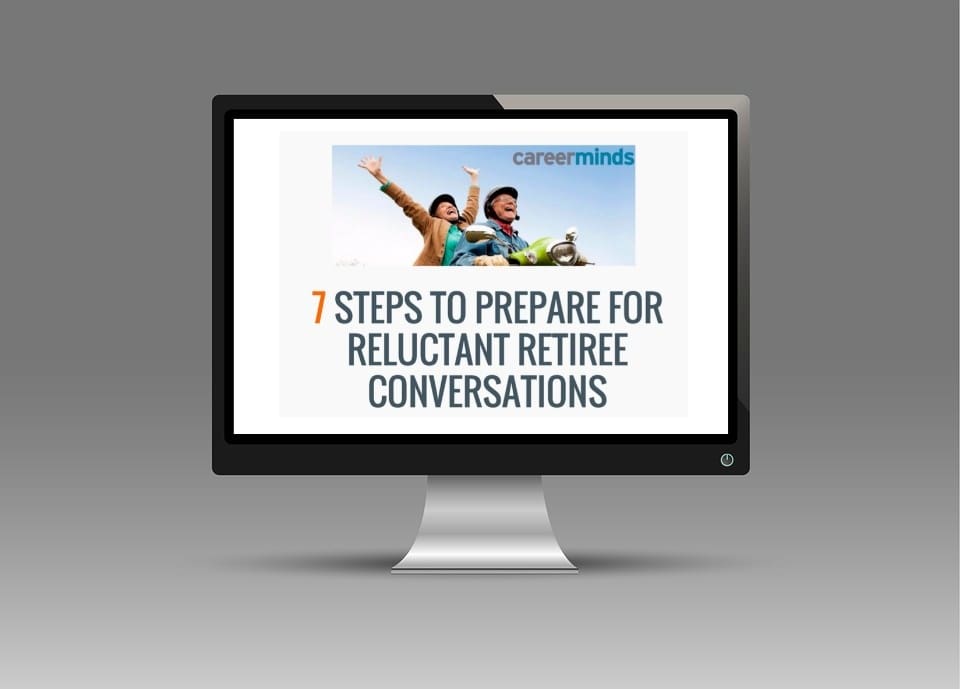
5 Ways Workforce Planning Strategies Will Be Different This Year [Free WFP Template]
February 16, 2017 Written by Raymond Lee
Compare Providers
Download our outplacement comparison sheet
Request Pricing
Compare our rates to other providers
In writing this blog, we did a lot of research in trying to define exactly what workforce planning strategies consisted of in the HR space. We found several definitions on the Internet, and yet still felt confused about the true meaning of the concept.
After piecing together several different thoughts, and adding our own ideas, we came about the following definition:
“Workforce planning is the concept of continually strategizing and developing an organization’s workforce to meet the needs of that organization. The needs of an organization thus dictate how Human Resources should plan out their workforce.”
For example, if a firm wanted to start focusing more on SaaS development, the Human Resources team would have to develop a plan to meet that need for that portion of the workforce. They could do this through training, hiring new personnel, or even outsourcing. Interested in learning more about how to assess talent development situations like this? Download our workforce planning strategies template here.
While the situation above may seem oversimplified, it is a great “micro” example of a common workforce planning issue that Human Resources teams have to strategize about. While these common situations will still be present issues for HR teams to accommodate, there are many new types of issues surrounding workforce planning strategies that will arise in the next year. These will make workforce planning strategies completely different from previous years.
5 Ways Workforce Planning Strategies Will Be Different
1) Baby Boomers will begin to exit.
Ten thousand baby boomers will retire from the workforce daily over the next decade. This year is paced to be the first of that big wave, making it the first year to be impacted by the “silver tsunami”. Organizations have never had to strategize about how this could affect their workforce, so it will be a completely new field of thought for many HR teams. When strategizing about this HR teams should analyze how to replace and prepare their baby boomers for retirement. HR programs like retirement lifestyle planning and phased retirements can be very successful in mitigating this situation.
2) Leadership Development
In correspondence with the exit of thousands of baby boomers, organizations will need to begin focusing more intensely on developing future leaders to fill the spots now vacant. Depending on the overall needs of your future workforce plans, there are several ways organizations can go about developing leadership. This could include formal leadership development programs, external workshops or conferences, mentoring, or continuing education.
3) Technological Advancement
The world of work has changed more in the last 8 years, than in the 40 years before that. A significant amount of this change has been the result of massive amounts of technological advancement taking place throughout the world. HR teams will have to assess from a broad organizational view if their workforce has the skills needed to stay at pace with today’s technology. Each sector of an organization will then need to be further analyzed to see if there are any particular skills that professionals of that field need to be trained on. For example, a marketing executive might need to be trained on web conferencing software along with the rest of the organization, as well as data driven marketing techniques specific to his or her sector.
4) Societal Climate
There are many societal changes taking place that could potentially affect your workforce planning strategies. These changes are usually not easily forecasted, making workforce planning even more difficult. For example, if a law decreasing business regulation is passed this year, an HR team would have to assess their compliance talent and restructure based on new objectives.
5) Retention
While many would not consider this a new challenge to workforce planning strategies, its importance has grown exponentially in the last several years for many reasons. Job-hopping doesn’t have as bad of a connotation anymore, and almost two-thirds of millennials are planning to leave their organization by 2020. Attracting new talent to fill voids created by attrition can be very costly on such a large scale. Thus, workforce planning strategies must develop ways to retain talent for longer periods of time.
In need of outplacement assistance?
At Careerminds, we care about people first. That’s why we offer personalized talent management solutions for every level at lower costs, globally.




